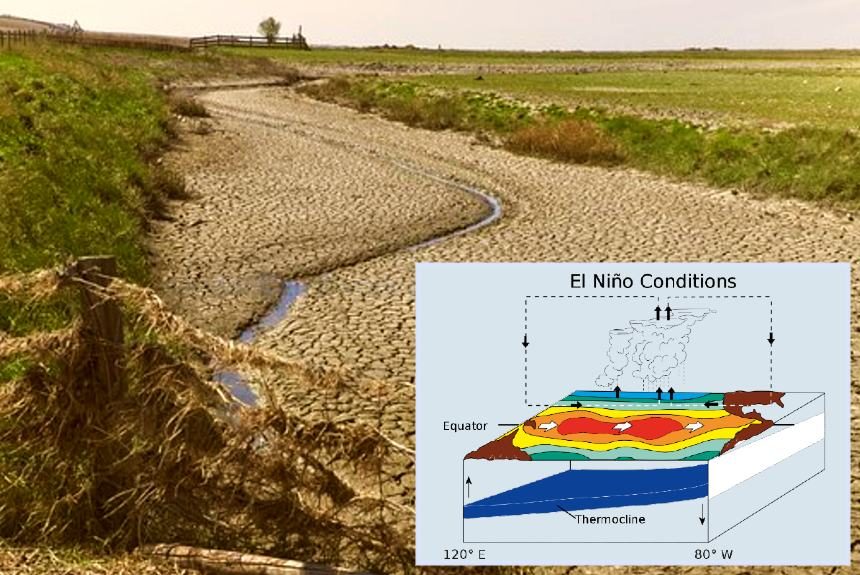The summary report, “Early warning systems and managing the effects of El Niño,” discusses the dominant role of El Niño in driving drought globally. At the same time, its cold phase, La Niña, is associated with enhanced rainfall, particularly in South East Asia.
The report discusses the significance of El Niño in influencing year-to-year climate variability and as a naturally occurring global climate cycle that affects rainfall, temperature, wind patterns, and several hydro-meteorological hazards, such as drought, floods, and storms.
The report says that an early warning system and El Niño forecasting are essential for climate and disaster risk reduction, benefiting communities, sectors, and industries.
The summary report mentions:
- Climate change is supercharging the impacts of El Niño, with speculations that it will increase in frequency. However, it is still unclear whether it will continue to affect the same places.
- A “state-of-the-art” El Niño early warning system that leverages advances in science and technology will help communities and sectors cope with droughts predicted to be more severe than those we experience today and to occur in other locations decades from now.
- An effective early warning system will guide decision-makers and policymakers in coping with and adjusting to a changing climate.
- The summary discussed the benefits of El Niño forecasting and how it can help communities and industries prepare for severe weather events and El Niño impacts.
To read the summary report, CLICK on the button below:
Source:
A system of systems: Early warning systems and managing the effects of El Niño. (2020 June). PDF file. Retrieved from https://codata.org/wp-content/uploads/2020/06/Bapon-webinar-summary.pdf
BACKGROUND PHOTO CREDIT: El Niño Conditions By Fred the Oyster – Own work; derived from NOAA/PMEL/TAO diagrams (archived link), Public Domain, Link



Leave a Reply